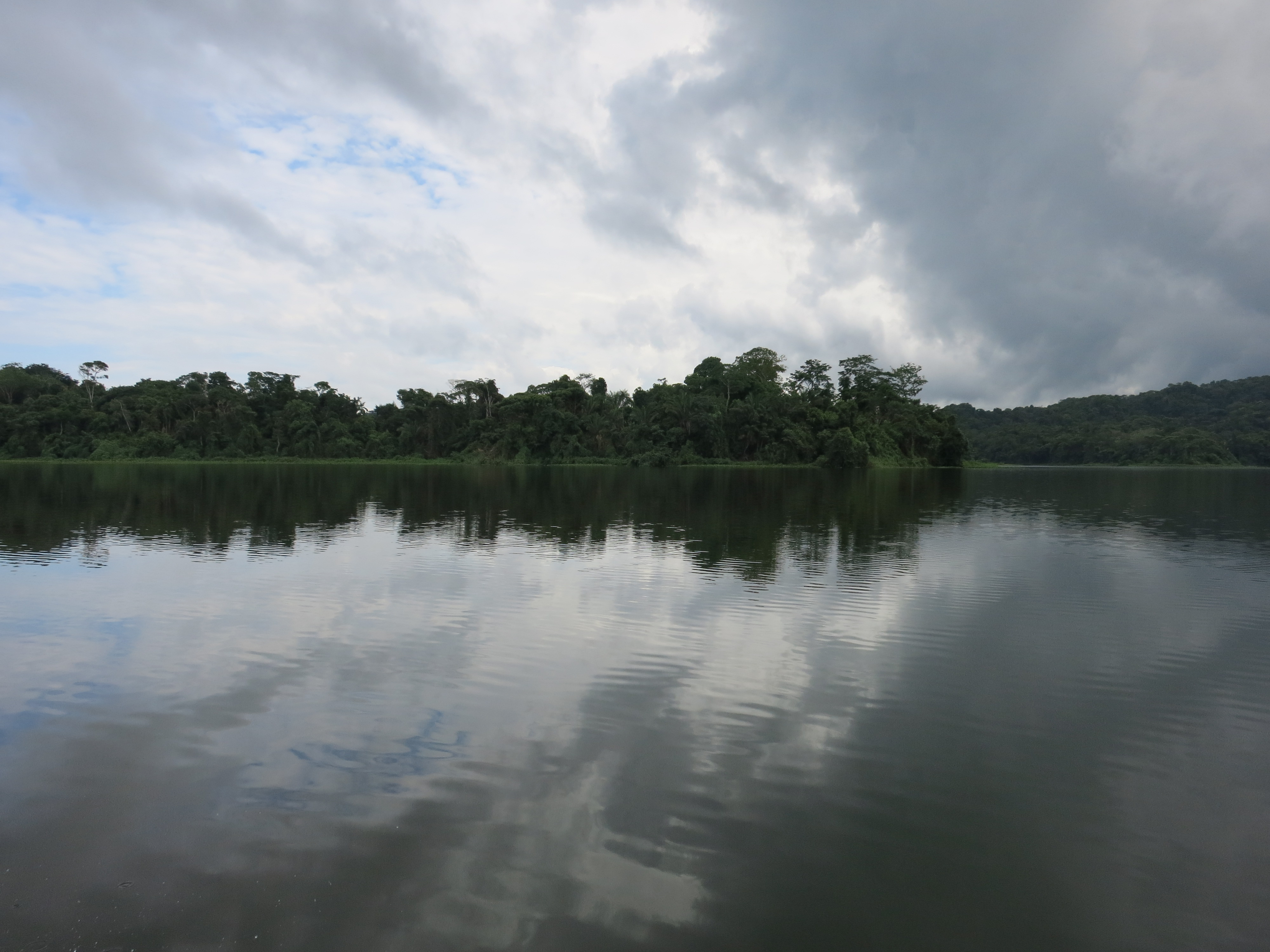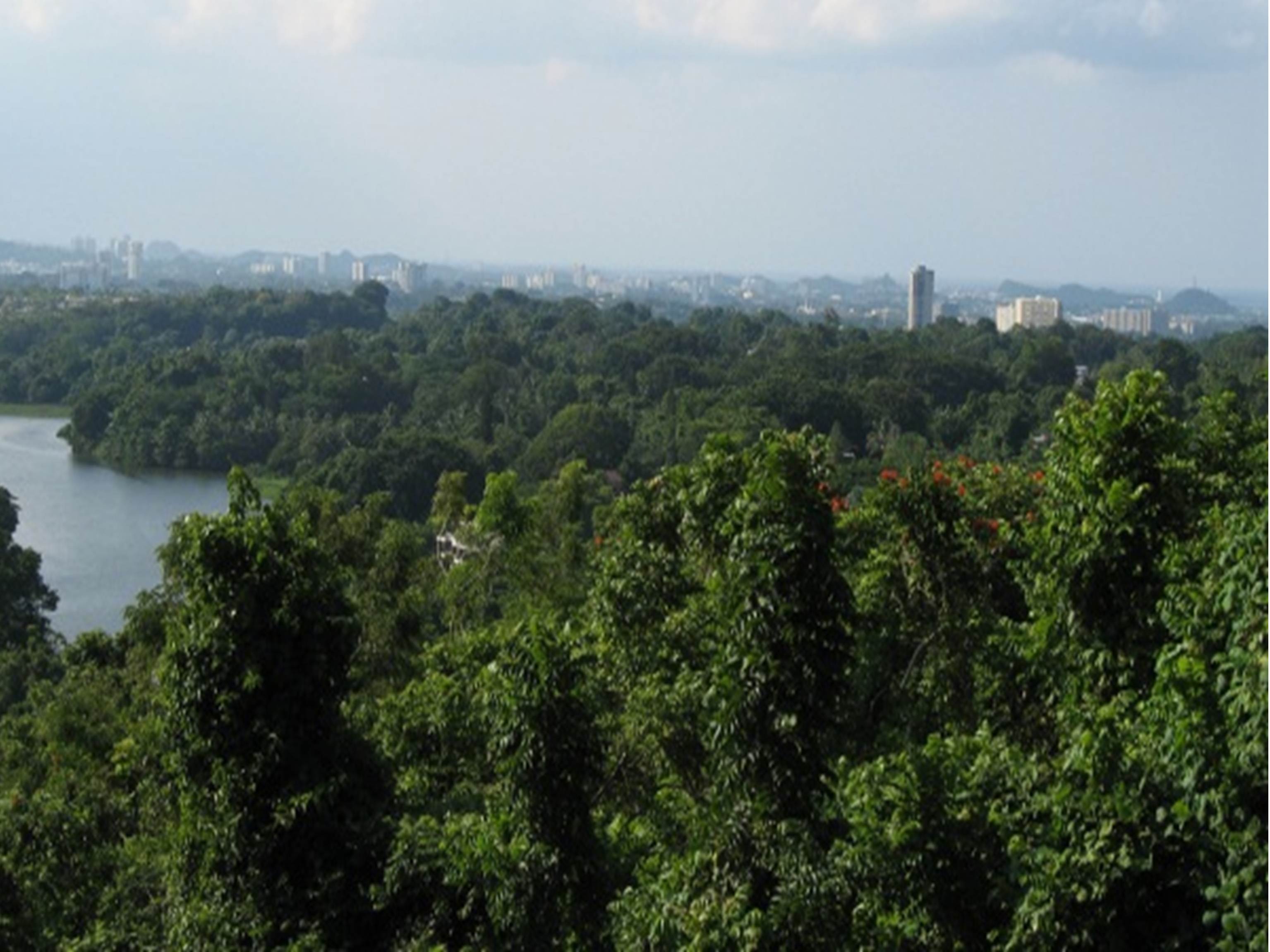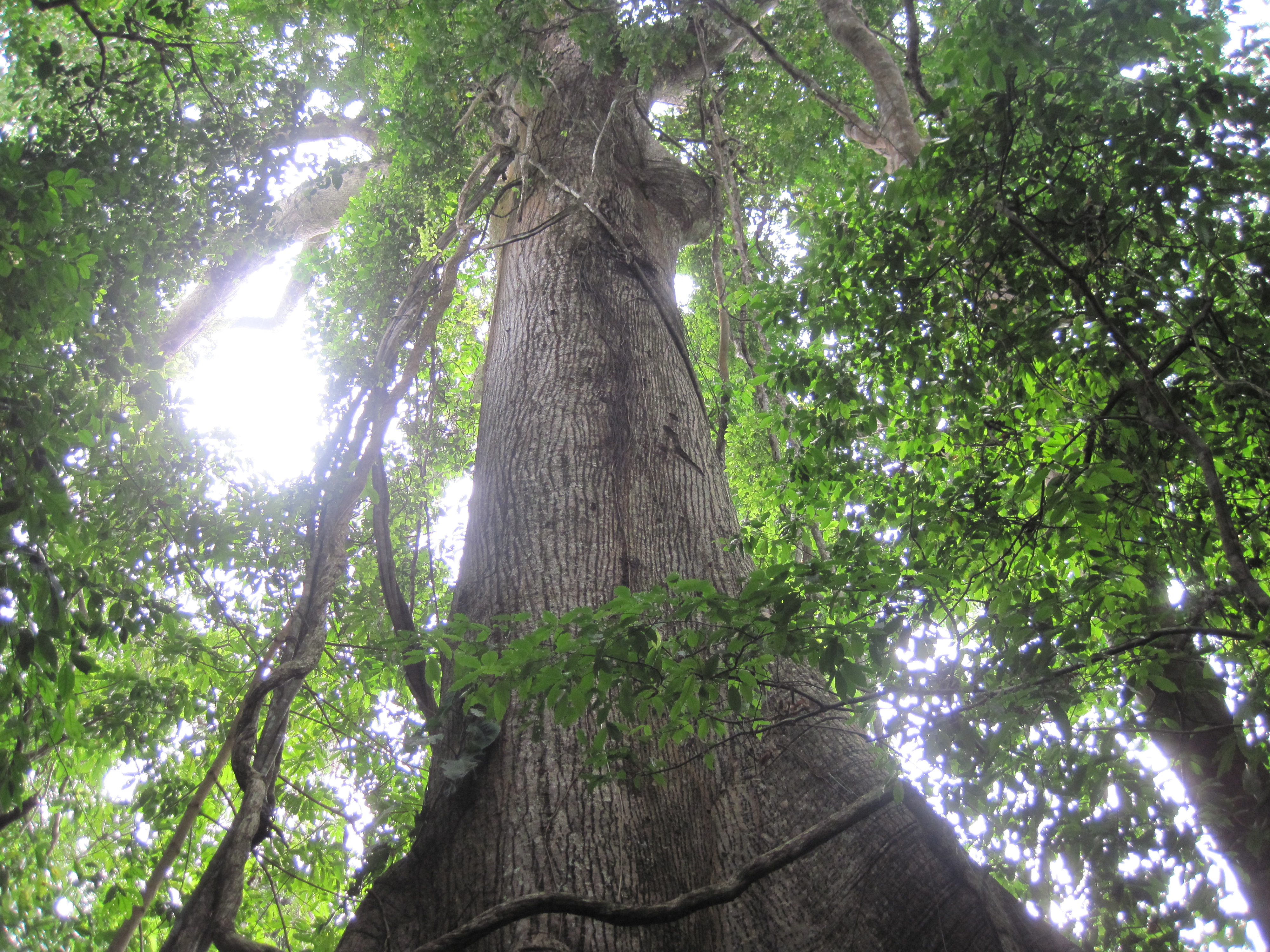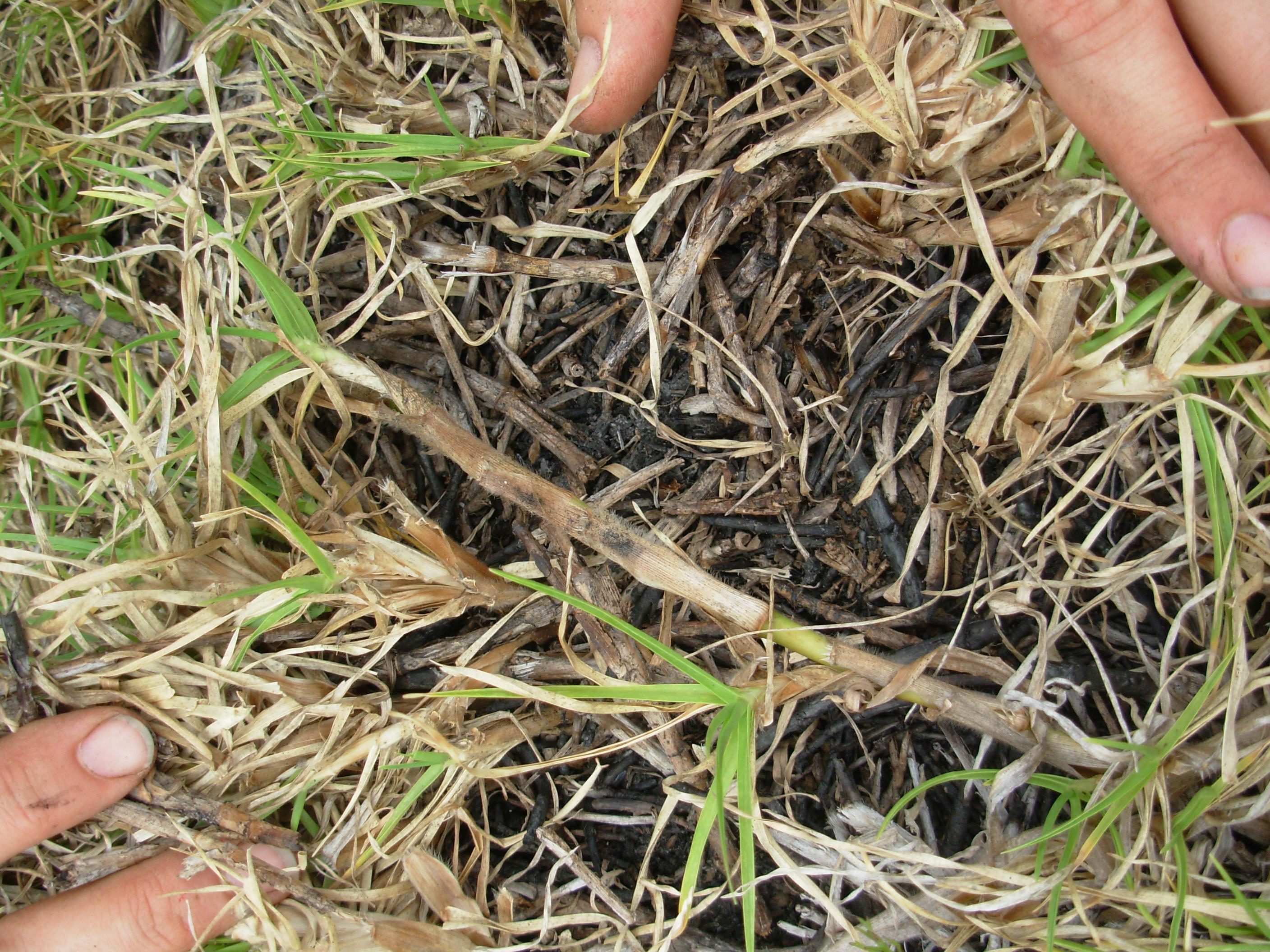|
| |
Contact |
People
| Research
| Publications
| Courses
| UCLA Geog
| Links |
|||||||||||||||||||||||||
Research |
||||||||||||||||||||||||||
Our research approach links biogeography and ecosystem science with microbial ecology and molecular organic chemistry, and draws on collaborations with remote sensing and Earth systems modeling experts. The goal of this approach is to provide a mechanistic understanding of ecosystem-scale responses to global change. We integrate field and laboratory methods, with a methodological emphasis on isotopic, spectroscopic, and chemical techniques. Our research projects focus on plant and soil processes in a changing world, with a regional focus in the wet and dry tropics. There are currently openings for undergraduate, graduate, and postdoctoral research. Please contact us if you are interested. |
||||||||||||||||||||||||||
|
||||||||||||||||||||||||||
(1) Interacting effects of drying and soil fertility on tropical forest carbon cycling
|
||||||||||||||||||||||||||
 |
||||||||||||||||||||||||||
This research seeks to understand landscape-scale variation in tropical soil carbon storage, and improve predictions of how drying will alter these pools of carbon. Soil carbon dynamics remain one of the largest sources of uncertainty in Earth system models, inhibiting our ability to predict future climate. Tropical forests are of particular importance in the global carbon cycle because they contain > 25% of carbon storage on land. Nonetheless, our understanding of what drives variation in soil carbon stocks across tropical landscapes is limited, inhibiting our ability to predict large-scale responses to global change. Tropical forests are predicted to undergo significant drying with climate change. We are focusing on understanding how tropical drying will alter root dynamics, because root death represents a direct transfer of plant carbon into subsurface soils. This research utilizes 48 tropical forests across the Isthmus of Panama, which spans a two-fold change in rainfall, five soil orders, 25 geological formations, and a 20-fold range nutrient availability, likely making results applicable to a much broader geographic range. The project spans scales to understand the mechanisms behind observed trends, from: (1) micro to nano-scale measures of soil carbon chemistry, organo-mineral associations, and microbial activity; (2) ecosystem-scale measures of plant biomass, geology, and soil carbon in rapidly-cycling and long-term pools; (3) remotely sensed measures of aboveground carbon flux at 3 km2 scales; (4) expansion of an ecosystem model to extrapolate results to regional scales. This project is based out of Barro Colorado Nature Monument (BCNM - see photo), in collaboration with the NASA Jet Propulsion Laboratory (JPL), and the Smithsonian Tropical Research Institute (STRI). The research is funded by NSF Geography and Spatial Studies grant #BCS-1437591, a Fulbright Scholars Award and a DOE Office of Science Early Career Research Award #DE-SC0015898. | ||||||||||||||||||||||||||
|
||||||||||||||||||||||||||
(2) Effects of nitrogen pollution and addition on soil dynamics in tropical ecosystem |
||||||||||||||||||||||||||
 |
||||||||||||||||||||||||||
This work focuses on increases in nitrogen availability in the humid tropics, which can result from atmospheric nitrogen deposition (e.g. from smog), and fertilizer runoff. Unlike temperate environments where plant growth is generally limited by nitrogen, tropical forests on older, highly weathered soils tend to have high background nitrogen availability, with plant growth generally limited by phosphorus or other rock-derived nutrients. However, effects of increased nitrogen on microbial decomposer activity, and on the long-term fate of carbon in soils, may be decoupled from aboveground effects. In addition, localized effects of land use change and urbanization can create pockets of lower nitrogen relative to background, such that nitrogen deposition effects on carbon cycling are spatially heterogeneous, with unique changes in carbon-nitrogen interactions and the spread of exotic plant species. We are looking at landscape-scale effects of nitrogen deposition and land use change on nutrient cycling, carbon storage, and the spread of exotic plant species in urban-proximate tropical forests. This research is being conducted along an urban-suburban-rural gradient in the San Juan - Rio Piedras watershed in Puerto Rico (see photo to right), in collaboration with the NSF-funded San Juan Urban Long-Term Research Area (ULTRA) in Puerto Rico, and the USFS International Institute of Tropical Forestry (IITF). This research has been funded by a Hellman Fellows Award. |
||||||||||||||||||||||||||
 |
||||||||||||||||||||||||||
(3) The fate of new carbon and charcoal in tropical soils |
||||||||||||||||||||||||||
 |
||||||||||||||||||||||||||
This research focuses on microbial and mineralogical controls over charcoal storage in tropical soils compares biological versus physio-chemical drivers of long-term charcoal retention in soils. In general, carbon in organo-mineral associations is protected from microbial decomposition in the long-term, whereas organic matter not associated with minerals is decomposed relatively quickly by soil microbes. However, certain compounds like charcoal (a.k.a. black carbon) have been posited to persist because of their inherent chemical structure, regardless of mineral associations. If true, this would make charcoal an ideal soil amendment for mitigating climate change. For this theme we utilize sites along well-characterized soil weathering and climatic gradients in Hawaiian forests and grasslands, as well as ancient agricultural and modern wildfire sites. Across these sites we have conducted observational studies, and we have started a new charcoal and carbon addition project. We investigate effects of fire, agriculture, and exotic plant species on long-term soil carbon storage and charcoal content (aka biochar, black carbon) across these sites. This research project looks at both the long-term effects (600-200 years) of fire used by early Hawaiian farmers, and effects of modern increases in wildfire related to the spread of invasive grass species. A second project in this theme examines new inputs of carbon to soils (e.g., from plant litter, root turnover, leachate), and its partitioning to microbial decomposition versus stabilization on mineral surfaces. This work pursues the relatively new idea that most carbon in long-term soil pools consists of microbial bodies, rather than direct sorption and storage of unaltered plant tissues. This research is in collaboration with the Hawai’i Wildfire Management Organization. This work has been funded by a UCLA Academic Senate Faculty Grant. |
||||||||||||||||||||||||||
|
||||||||||||||||||||||||||